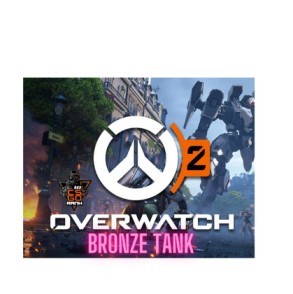Unboxing or dropping a skin in CS2 triggers the assignment of a new pattern ID, a random integer between 1 and 999. This is the final, final, and irrevocable number.
Skins that use patterns have their precise appearance dictated by the pattern ID. This also finds traces of wear and tear, such as scratches.
Skins with a set texture have their wear-and-tear visibility determined by the pattern ID.
Every CS2 skin, no matter how simple, has its own unique design, making the skin scene an intriguing area to discover. When you and a friend both own identical weapons that are in the same condition of wear, a careful inspection will reveal that they are different. Scratches and dinks may appear in different locations on various skins, even if their patterns may be identical in terms of float value. We will explain what the CS2 Pattern ID signifies in this article, and it partially decides all of this.
What is a pattern ID in CS2?
The pattern ID is a unique number between 1 and 999 that is assigned to every dropped or unboxed skin in Counter-Strike: Global Offensive. The appearance and placement of scratches are decided by the pattern on the dropped or unboxed skin. If the skin has a predetermined texture or finish, the placement of scratches is controlled solely by that.
The float value specifies the amount of wear that should be displayed (scratches, dinks, etc.), whereas the pattern ID specifies where those signs of wear should be located on a weapon.
Thus, two handguns from the same skin brand can seem to have totally smooth slides, but in reality, the one with the lower float value (and wear rating) has more scratches. There will be more scratches on the cleaner-slided pistol because its float value is higher. Nevertheless, the scratches could be located in less noticeable areas, such as the handle or muzzle.
Similar to a float value, the pattern ID cannot be changed.
Pattern-Based Skins
The utilisation of patterns in CS:GO skins may draw your attention to them the most. These skins seem random since they’re based on an existing, bigger pattern.
Imagine a vast canvas adorned with a myriad of varied patterns, textures, gradients, and colours. Here we see what the “pattern template” means. Unboxing or dumping pattern-based weaponry in-game applies a randomly picked element of this template. Because of this, even though they are part of the same weapon finish, skins might look very different.
This means that some designs will definitely stand out more than others. For example, if the pattern template is only 10% purple, the chances of acquiring a wholly purple skin from that line are relatively low. Pattern guides, such as this Galil Sandstorm Pattern Guide, are available for the majority of skins that feature patterns, and uncommon patterns can often be sold for far more than common ones.
Skins That Aren’t Pattern-Based
It is the pattern ID that determines how scratches, wear, and tear appear, even on patternless skin. For this reason, it may be prudent to do some comparison shopping before purchasing expensive skins.
For example, Karambit’s corner is an important site. While a low float value increases the probability of the corner seeming immaculate, checking the pattern ID establishes the exact location of scratches and dinks.




